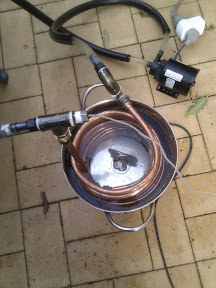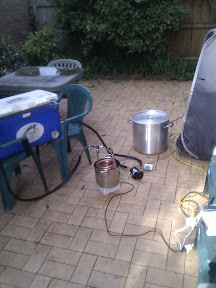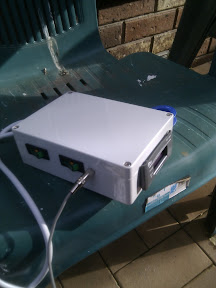matho
The Braumiser
- Joined
- 30/4/08
- Messages
- 1,403
- Reaction score
- 142
I just want to say this isn't right as it doesn't follow Kirchoff's voltage law, so i don't know whats going on but it doesn't sound right whatever it isVery true dent, maybe when Ostojic said he measured across the output of the SSR he was measuring across the SSR and not the load. I looked up the specs on the fotek SSR and it states a max leakage current of 3mA, so to achieve 24v across the SSR 'output' terminals the internal resistance of the SSR in the off state would be about 8K.
cheers matho














